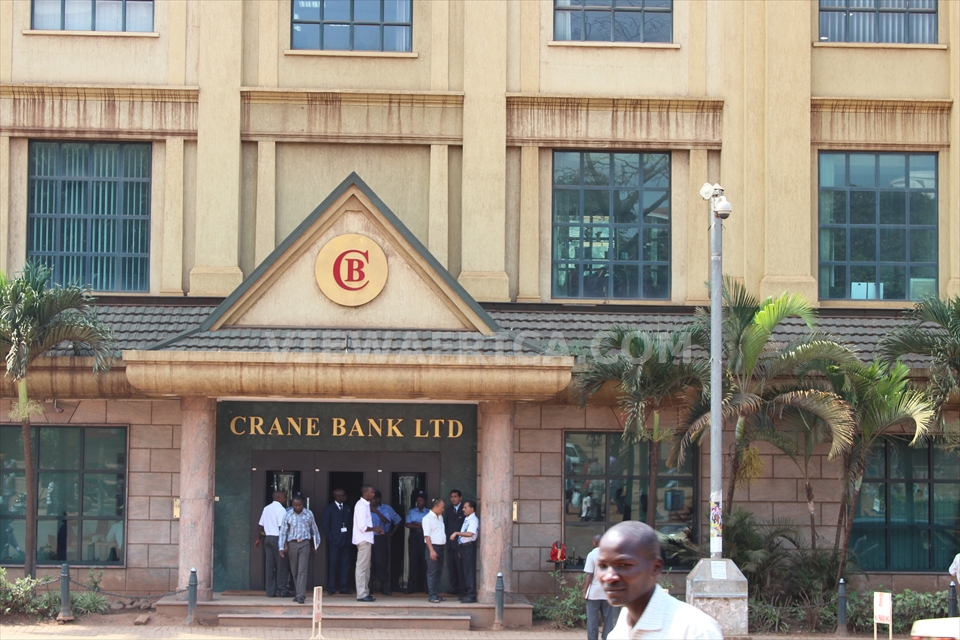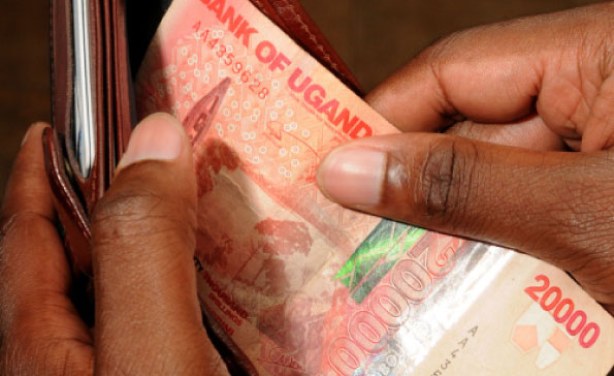Lesson for Central Bank from the experience of the takeover of Crane Bank
This week, the government injected Shs 200 billion into Crane Bank to bolster its liquidity position. This is only 40% of the Shs 500 billion needed to bring the bank into a healthy liquidity position. Yet, even if an extra Shs 300 billion is pumped into the bank, it is unlikely to be enough to ensure its turnaround. This situation could have been avoided had Bank of Uganda (BoU) exercised its powers with foresight.

At the beginning of July, BoU warned Crane Bank that its nonperforming loans portfolio had eroded the bank’s capital base and asked shareholders to inject $25m (Shs 85 billion), later reduced to $10m (Shs 34 billion). The main shareholder, Sudhir Ruparelia, promised to put in this money over three months. BoU stopped Crane Bank from issuing Letters of Credit, Bid Bonds, Performance Guarantees, new loans, overdrafts and credit cards. Yet this was the third largest bank in the country with huge overheads.
Between January and June, Crane had been making Shs 6 billion in profit per month. Beginning July, the new restrictions caused the bank to make losses of Shs 2 billion per month. Besides, Crane was a bank of the business community. When all these people could not get overdrafts, Bank Guarantees, Bid Bonds, Letters of Credit, new loans etc, they began shifting their businesses to other banks, which could provide them thus leading to loss of deposits.
As many of Crane’s business customers could not get the services, they began suspecting that something was amiss. They told their friends who told their friends and business partners in turn. This caused many other people to withdraw their money. By mid October when social media began saying Crane was in trouble (causing frantic withdraws), the bank was already facing a severe liquidity problem.
Restricting Crane from doing business while keeping it open for three months was a recipe for disaster given its size and overheads. BoU should have anticipated the rumors of trouble and withdrawal of deposits. In August, Sudhir offered to borrow from BoU and mortgage some of his buildings. BoU refused this offer, a position it accepted two months later in mid-October. Thus by the time BoU took over the bank, the liquidity shortage (Shs 500 billion) was far larger than the money initially needed for recapitalization.
BoU should have given Sudhir three months to raise the Shs 34 billion while keeping the bank running normally without the said restrictions or accepted to give him a loan against collateral of his buildings. This would have kept the bank profitable while avoiding the risks of rumors and loss of deposits that led to the liquidity crisis. Consequently, the taxpayer would not have had to fork out Shs 200 billion to inject liquidity into the bank. Yet, even Shs 500 billion may not be enough to bring Crane back to health. Why?
Crane was successful because of Sudhir’s personal intimate knowledge of the local business community and the kind of service it offered them. Whoever buys Crane Bank will not attract Sudhir’s customers. This is because they went to Crane Bank for a very specific service. Worse still, the local business community who were being served by Crane is now in a quandary.
The new owner would have bought a shell that would require many years to build public confidence. This means the new owner would have to cut the number of branches from 46 to about five, cut down employees by more than 60% and prepare to make losses for the next five years. Yet giving the bank back to Sudhir cannot be an option either because his personal reputation has been gravely damaged. And we did not need to get to this. Based on its history, there was little reason for BoU to enforce its rules with the kind of rigidity they did especially given the size and role of Crane Bank.
By end of March 2015, Crane Bank had grown from zero in 1995 into the third-largest bank in terms of shareholder funds, assets and deposits. The question for the Central bank, Uganda’s policy makers and those interested in banking policy, is: how did one man, Sudhir, do this? This is especially intriguing because Sudhir performed this feat in circumstances where the market is dominated by multinational banks – Stanbic Bank, Standard Chartered Bank, Barclays Bank and Bank of Baroda plus one institutional bank, Centenary Bank owned by the Catholic Church. Therefore one local individual had the least chance to succeed.
Crane Bank succeeded in large part because Sudhir understood the concerns of Ugandans, especially the business community. He therefore designed banking practices that very well resonated with local people. This not only allowed the bank to grow rapidly and out-compete its multinational rivals, but it also helped local businesses to grow and expand. Without Crane Bank, many local businesses with great potential would never have succeeded, a factor I outlined in my last column using this newspaper as an example.
Some readers wrote to me suggesting that Crane’s loose lending practices like the example of this newspaper are the ones that brought it into trouble. This is totally wrong. Over the last 20 years when it was using these lending methods, Crane Bank has had the least ratio of nonperforming loans – fluctuating between 0.25% and 1.76%. But for most years, it has been below 1%. This is one of the best positions any bank in the world could dream of. Therefore, in terms of managing its loans, Crane had proved its excellence. The 2015 failure was widespread across all banks in Uganda, writing off huge amounts of loans and most of them have had to recapitalize.

